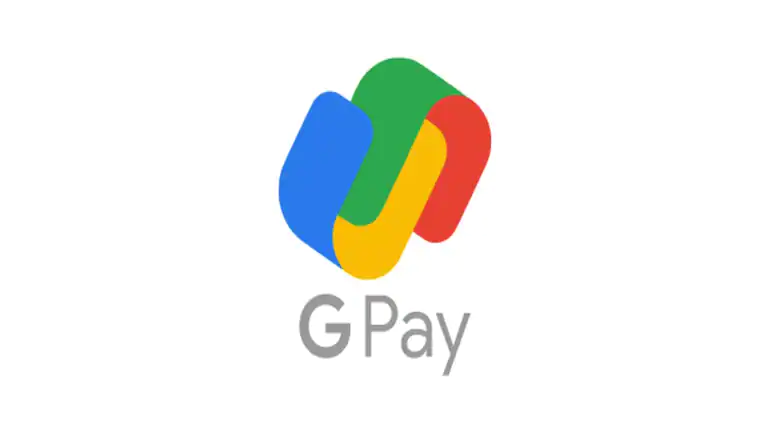Sure, here’s a rewritten version of the article in English:
Unified Payments Interface (UPI) has made digital payments easier and faster for everyone, including Non-Resident Indians (NRIs). However, there are certain things that NRIs need to keep in mind before using UPI.
To use UPI, NRIs need to have an Indian mobile number registered with their bank account. Additionally, their bank account should be linked to their Aadhaar card or PAN card. This is necessary to complete the Know Your Customer (KYC) process, which is mandatory for all UPI users.
NRIs can use UPI to make payments to Indian residents and businesses, and also to other NRIs who have a UPI ID. To make a payment, they need to download a UPI-enabled mobile app and create a UPI ID, which is a unique identifier for their bank account. They can then link their bank account to their UPI ID and start making payments.
However, NRIs need to keep in mind that there are certain limits on the amount they can transfer through UPI. For example, they can transfer up to Rs 1 lakh per day using UPI, and up to Rs 2 lakh per day using UPI 2.0. Additionally, some UPI apps may have their own transaction limits, so NRIs should check with their bank or the app provider for details.
In conclusion, NRIs can use UPI to make digital payments in India, but they need to ensure that their bank account is linked to their Aadhaar or PAN card, and that they are aware of the transaction limits.






